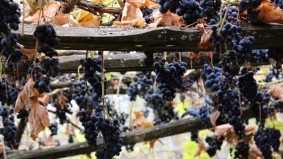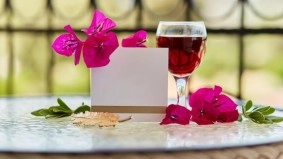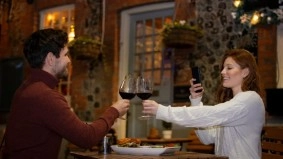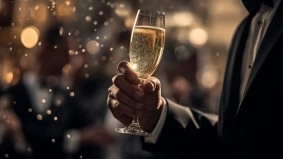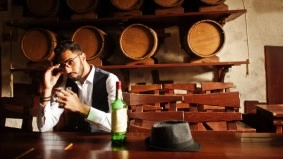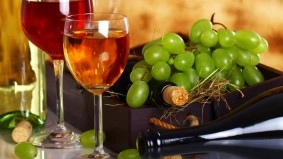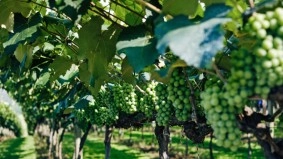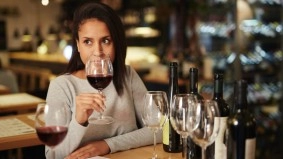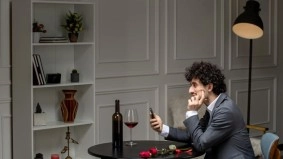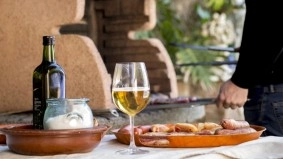Jan 19, 2024 | Alice Brinton
Grape News From France
Alice Brinton explains why a change in the weather in 2013 may bring m...
Jan 18, 2024 | Alice Brinton
A Postcard From Burgundy
It is grape harvesting time in Burgundy and once again the country roa...
Jan 17, 2024 | Clive Coates MW
In Praise of Cheap Wine
In my friend Ian Boxall's house, there is a an old caricature of him w...
Jan 16, 2024 | Clive Coates
Champagne: The Wine of Celebration
John Arlot, cricket commentator and wine lover, was present at a young...
Jan 14, 2024 | Clive Coates MW
Wine Merchants Old and New
Today’s wine merchants still pride themselves on being able to find in...
Jan 13, 2024 | Clive Coates MW
Wines of the Rhône
France is a country of many wine regions and while superstar bottles f...
Jan 13, 2024 | Natalie Coleman
A Word on Wine
Forsake not an old friend; for the new is not comparable to him: a new...
Jan 12, 2024 | Clive Coates MW
The Buzz About Bordeaux
One of the joys of drinking wine is to find a sleeper—a wine, or a vin...
Jan 11, 2024 | Clive Coates MW
Burgundy - Not So Complicated As You Might Think Nor As Expensive
It is the choice of grape variety – rather than the land or the winema...
Jan 10, 2024 | Lindsey Turnbull
French frolics at Grand Old House
French Wines from Vino Veritas combined with a very French menu from t...


